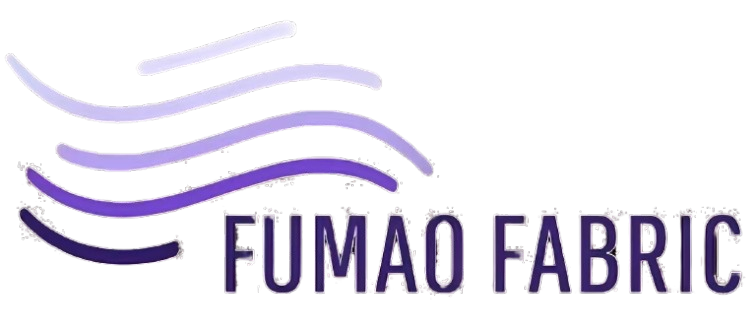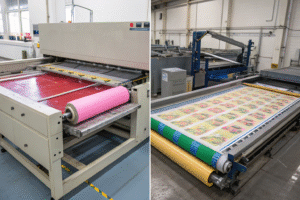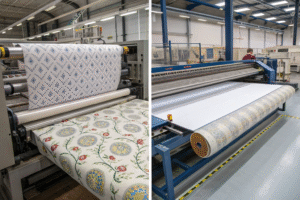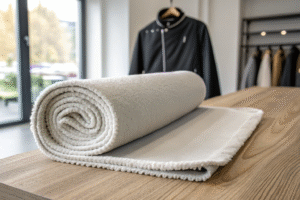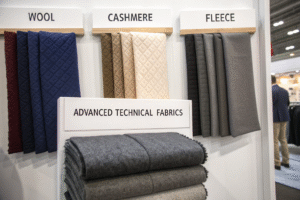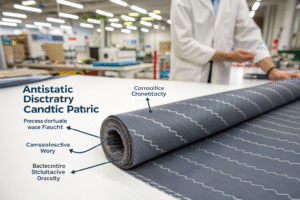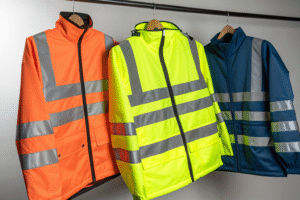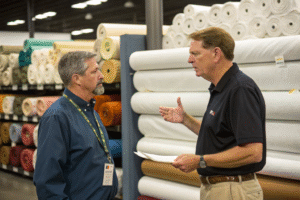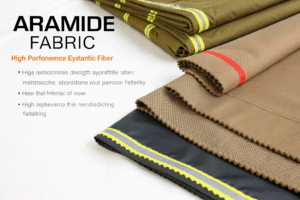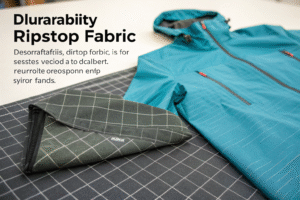Silk is known for its elegance, but today’s buyers want more than just luster—they want assurance. That’s where Oeko-Tex® Standard 100 comes in. For B2B buyers sourcing for babywear, lingerie, or eco-conscious fashion, this certification isn’t just a “nice to have”—it’s required.
Oeko-Tex 100 certified silk ensures the fabric is free from harmful chemicals and safe for direct skin contact.
As a certified Chinese manufacturer and exporter, I’ve helped countless international brands like Ron secure sustainable, certified silk that meets the strictest EU and U.S. compliance standards. In this article, I’ll show you exactly where to find these suppliers, how to verify certificates, and why sourcing certified silk from China delivers unmatched advantages.
If you want safety, sustainability, and beauty in one fiber—certified silk is your answer.
What Does Oeko-Tex 100 Certification Mean for Silk?
Silk feels soft—but untreated silk can carry residue from degumming, dyeing, or finishing.
Oeko-Tex 100 ensures the silk you import has been lab-tested for over 100 harmful substances.
This includes formaldehyde, azo dyes, phthalates, heavy metals, and more. Products certified under Class I are even safe for infant use. For buyers focused on European or North American markets, having this certification on silk reduces customs scrutiny and boosts consumer confidence.
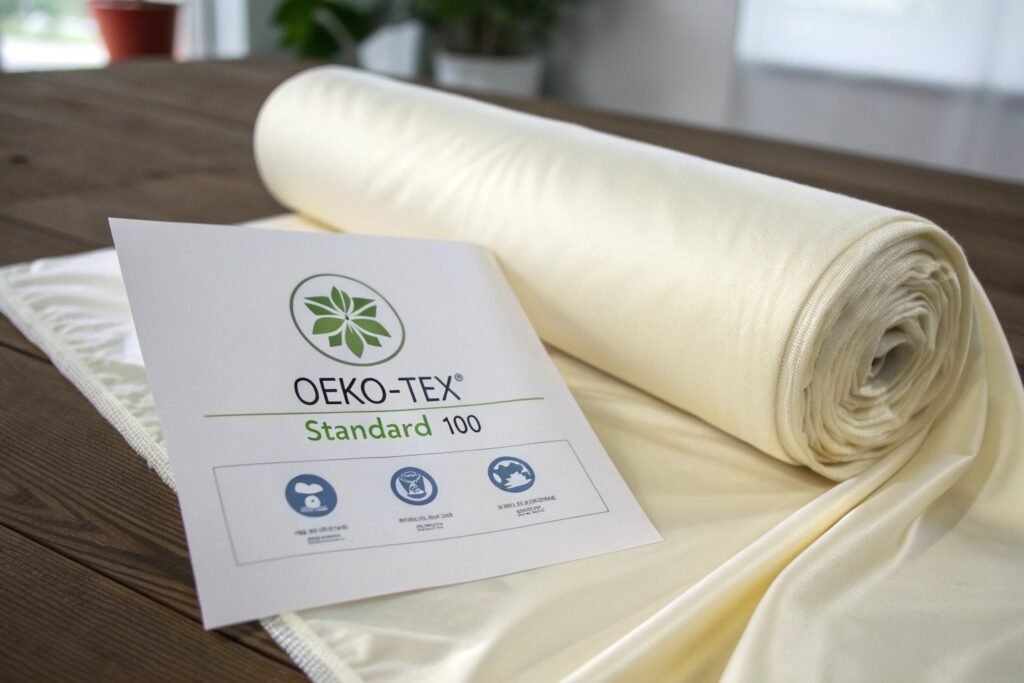
What Are the Key Testing Criteria?
- pH value
- Formaldehyde content
- Pesticide residue
- Heavy metals (e.g. lead, cadmium)
- Colorfastness and emission levels
Silk certified under Oeko-Tex must meet strict thresholds for each, especially when intended for next-to-skin wear.
What Is the Difference Between Oeko-Tex Class I and Class II?
- Class I: Babywear and toddler textiles—most stringent
- Class II: Textiles worn close to skin (underwear, tops)
We supply both classes depending on your product line and buyer market.
Which Regions in China Specialize in Certified Silk Fabric?
China is the world’s largest silk producer—but not all silk is certified or export-ready.
Suzhou, Hangzhou, and Shaoxing are the key regions in China offering high-quality, Oeko-Tex 100 certified silk fabrics.
These clusters combine centuries of silk weaving tradition with modern finishing lines and global audit standards. Factories here are registered with OEKO-TEX® and maintain traceable documentation.
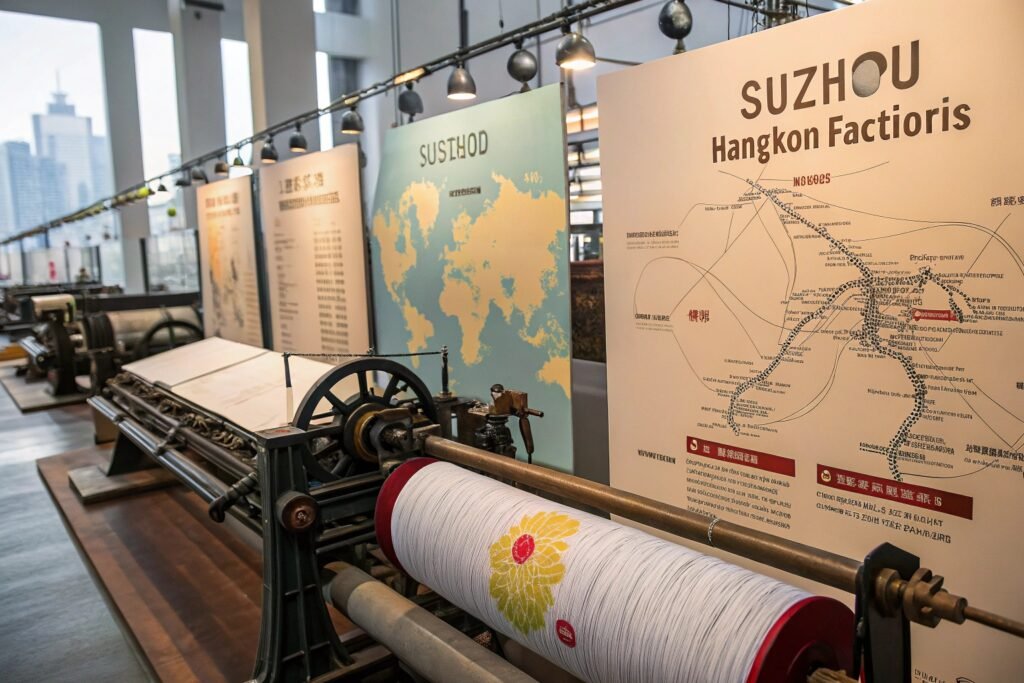
Why Is Suzhou a Key Hub?
Suzhou, Jiangsu is known for mulberry silk and satin weaving. Many Oeko-Tex certified suppliers are based here, offering charmeuse, habotai, and crepe de chine in natural, dyed, or printed forms.
Are Small MOQs Possible in Certified Silk?
Yes—many suppliers now offer 100m–300m minimums for certified silk rolls. At Fumao, we partner with small brands by offering access to existing certified stock or shared loom production.
How to Verify a Supplier’s Oeko-Tex Certificate?
A PDF is not proof. Real verification takes a few steps.
To confirm if a supplier’s Oeko-Tex certification is valid, you must use the official oeko-tex.com verification portal.
Enter their certificate number and company name. The result will show product scope, validity period, and certification class. We always encourage buyers to request unaltered scans and verify them before placing orders.
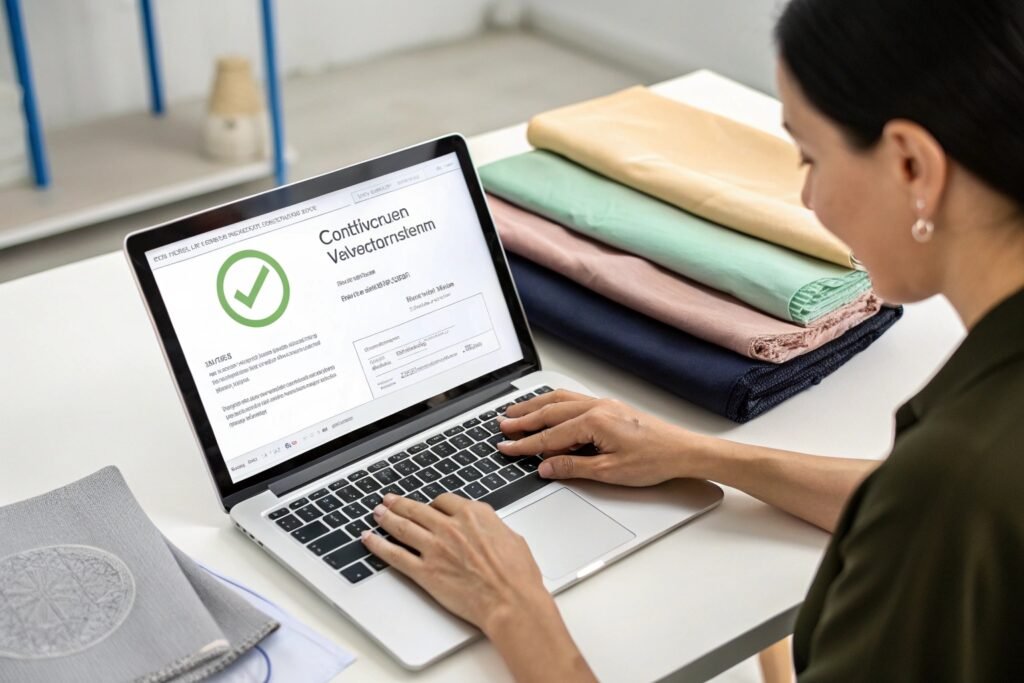
What Should I Ask My Supplier For?
- Valid OEKO-TEX 100 certificate (PDF + number)
- Scope: Should include 100% silk, dyed or printed
- Expiration date: Must be current
- Lab info: Certified by TESTEX, Hohenstein, etc.
We keep our certificates updated and share QR-linked copies with each shipment.
Can a Fabric Be Certified If Only the Yarn Supplier Has It?
No. The certification must cover the final processed fabric—not just the yarn or fiber. If your silk has been dyed or finished, the entire process must be tested and registered.
Why Source Certified Silk from China Instead of Elsewhere?
Recraft指令--Show a comparison graphic between Chinese silk factory and European alternatives, with points on cost, quality, speed, and certification availability. No distorted faces.
Europe offers quality—but at 3–5x the price and slower speeds.
Chinese certified silk suppliers offer competitive pricing, massive weaving capacity, fast lead times, and full audit trail access.
At Fumao, we maintain real-time inventory and run our fabrics through CNAS-certified labs and SGS/ITS checks, ensuring consistency beyond just certificates. Our clients—from Parisian lingerie labels to U.S. bridal brands—value the speed + quality combination.
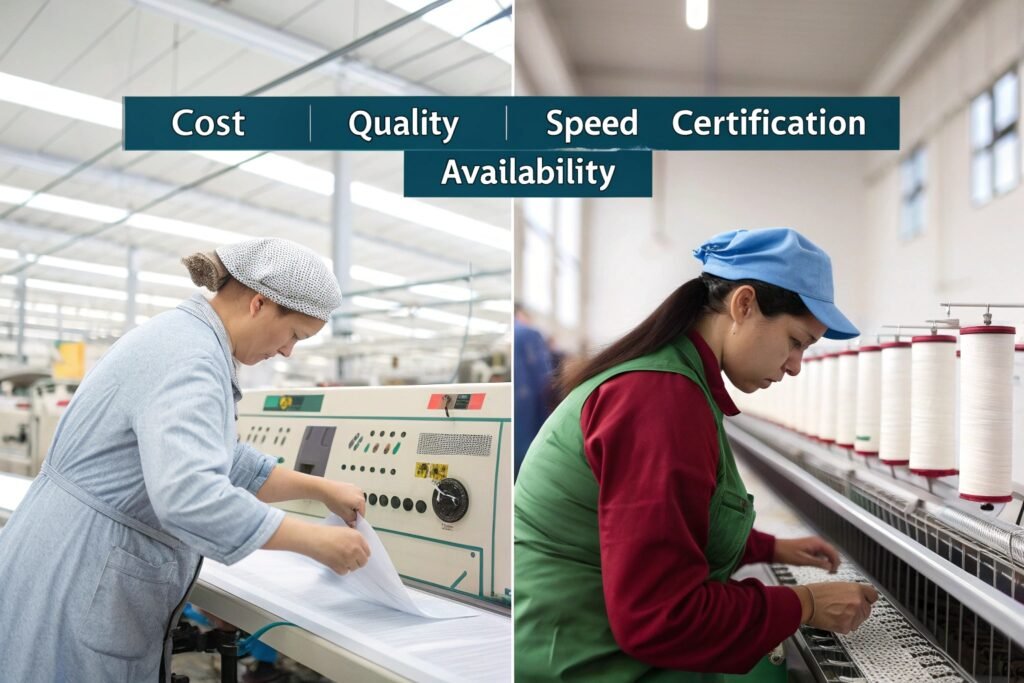
What Advantages Do Chinese Suppliers Offer?
| Feature | China (e.g. Fumao) | EU Suppliers |
|---|---|---|
| Lead Time | 7–15 days | 20–45 days |
| Cost per meter | $5–$10 | $18–$30 |
| Oeko-Tex Availability | Widely Available | Limited mills |
| MOQ | As low as 100m | Often 500m+ |
Do Chinese Mills Support Custom Finishing?
Yes. You can request custom dyeing, digital or rotary printing, foil stamping, or sand-washing while still keeping the certification valid. We re-test the fabric post-treatment if needed.
Conclusion
Oeko-Tex 100 certified silk isn’t hard to find—if you know where to look. By sourcing from trusted Chinese hubs like Suzhou or Hangzhou, and verifying certification status properly, you can secure safe, luxurious silk for even the most demanding markets. At Fumao, we help buyers move from uncertainty to certified success—combining legacy, lab-tested safety, and export-ready flexibility. Whether you’re dressing babies, brides, or luxury consumers—certified silk starts here.
